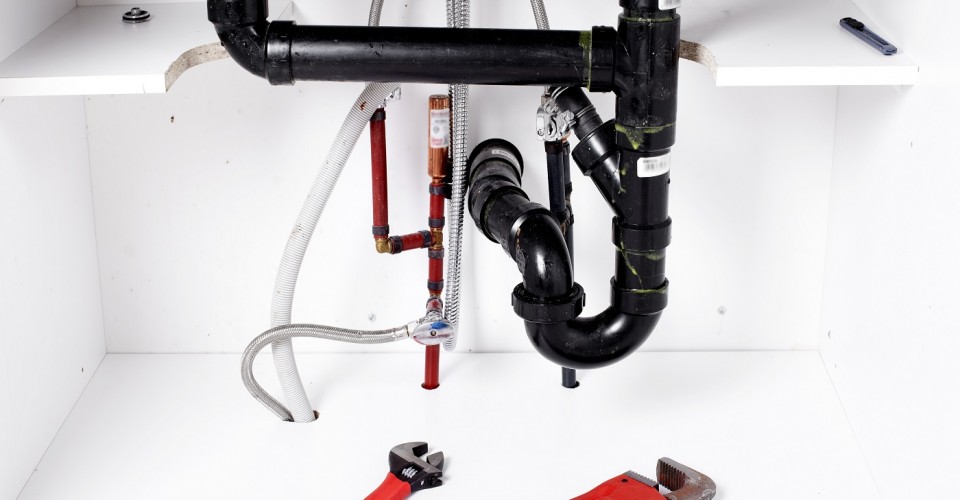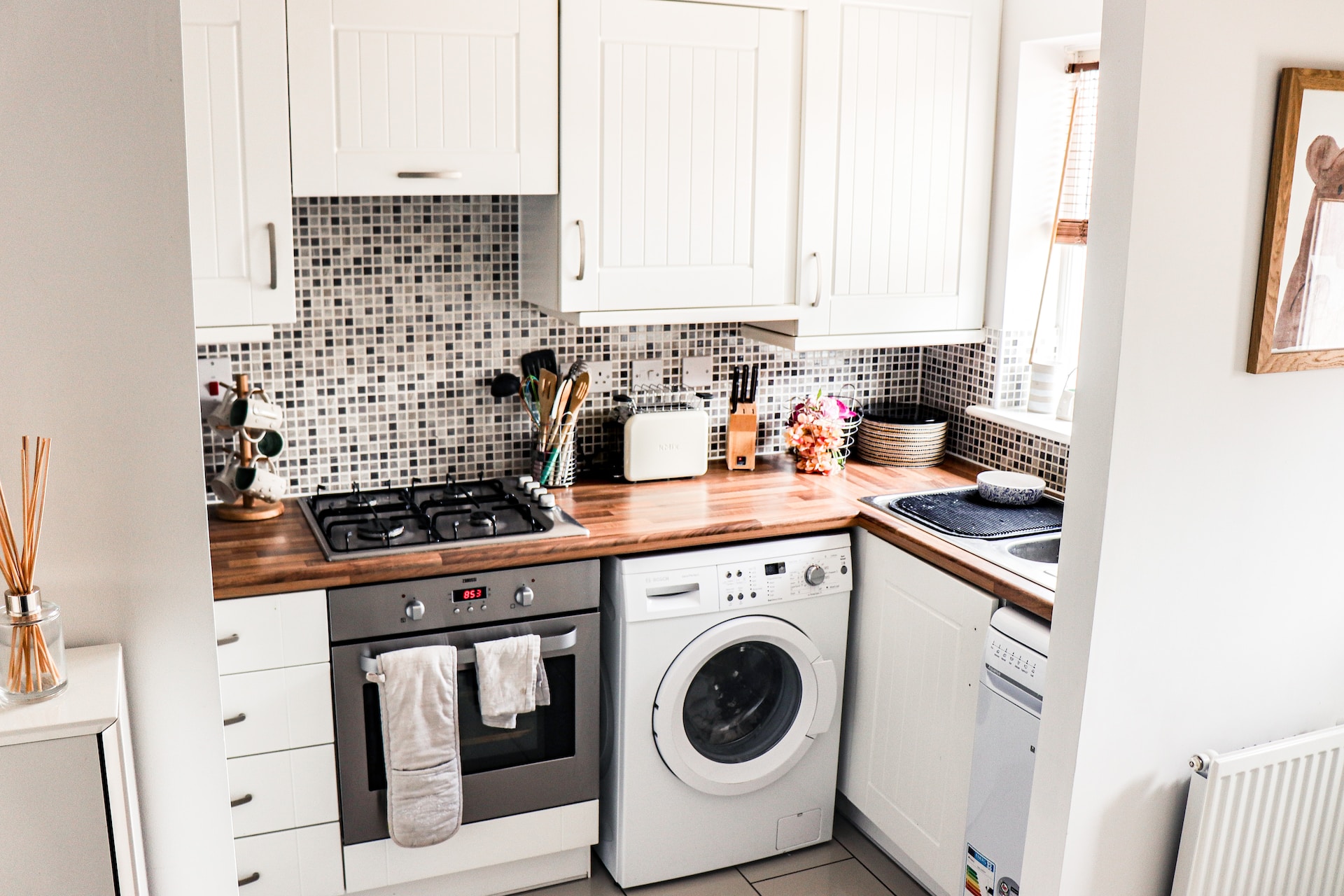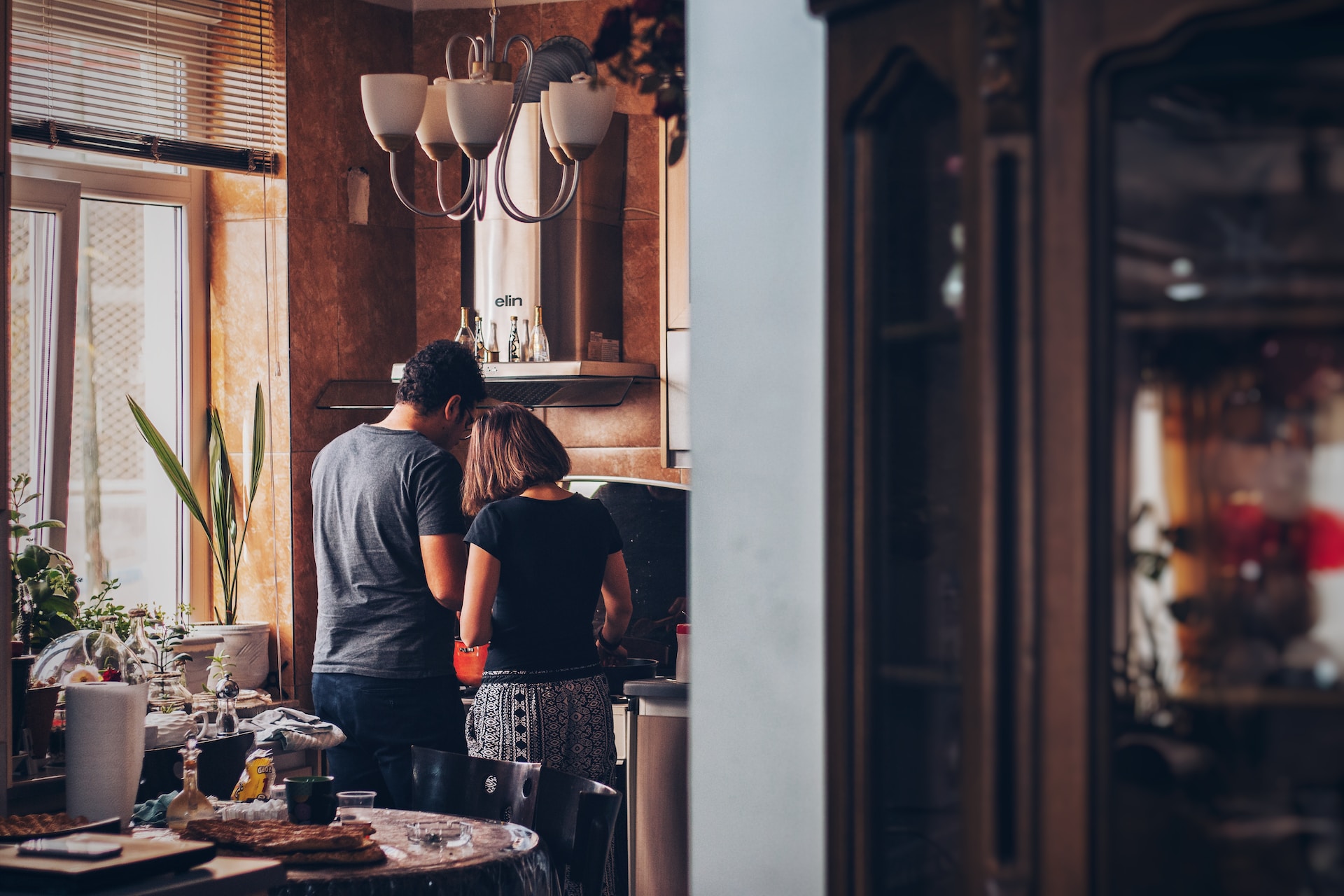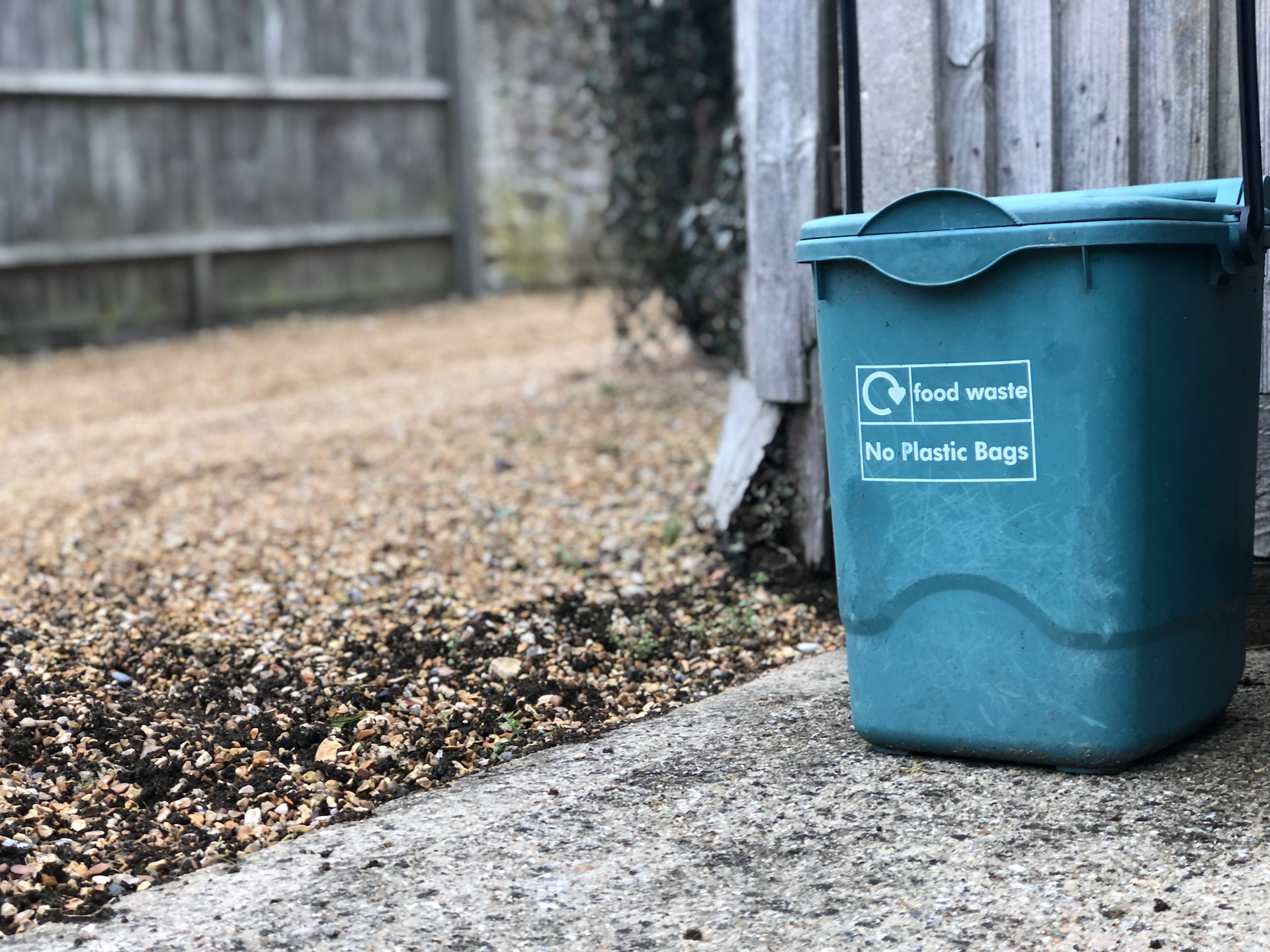Plumbing is a key functionality of every household. The water running through the pipes of your house ensures cleanliness, disposal, and hopefully, no leaks or floods. When problems arise with your home plumbing, action needs to be taken immediately to prevent further issues. Leaking pipes can cause mold and severely damage the structure of your home, resulting in a safety hazard. When a plumbing problem arises, it’s important to find the right professional to fix the issue. Average plumbing costs can range from as low as a couple hundred dollars up to thousands, depending on the type of project and your location. Knowing how to hire a plumber while sticking to a budget for the service is helpful and assuring that your house will be taken care of.
Before you start, hire smart
Before you hire a plumber, examine the problem first. A quick, inexpensive DIY solution could save you time and money. For example, if a drain is slow there might be a quick solution like cleaning out the drain and pipes using store bought chemicals or relatively inexpensive equipment like a pipe snake. On the other hand, apparent leaks through water damage might need the attention of a professional. Knowing the scope of your project will help you when deciding what professional you want to hire and whether it’s a fix that’s in your price range.
When searching for a home improvement professional, you want to make sure you are getting a reliable and trustworthy person to complete what could be a complex job, such as a major plumbing issue. To make sure your plumbing project costs stay under control while working with a professional, consider the following:
- Gather multiple estimates prior to project
- Compare multiple plumbers’ rates
- Schedule appointments before weekends and holidays (when fees are higher)
- Install simple fixtures on your own (e.g., showerhead or faucet)
- Clean project space prior to starting
- List desired repairs or renovations
- Sign a contract with your professional
- Verify qualifications of your professional (e.g., licensed, bonded, and insured)
- Create a project timeline
- Check availability of your hired professional
Common plumbing projects
Some of the most common plumbing issues and repairs can be DIY fixes. But occasionally the issue requires a professional to complete the task. Very often plumbers are called in to not only fix the initial issue – they are often hired to fix the damage done during a DIY project. Being honest about your plumbing abilities, and knowing when to hire a pro is key for saving money. Knowing how to keep your plumbing project on schedule can ensure you’re taking the right steps for your project to be completed on time, as well as on budget. Here are some plumbing projects that you may find necessary for your home and that will drive up the quality of your home, while keeping costs at a minimum.
1. Unclogging a drain
DIY Cost: About $5.00 for a gel cleaner or plunger.
Stopped-up sinks and plugged toilets can put your plumbing systems in your home to a halt. While some drains can be unclogged with a DIY method like a caustic drain cleaner or a hand plunger, a licensed professional will ensure that your pipes are under complete control and care. If the issue is grease, food or hair a caustic drain cleaner may work. If the issue is too much toilet paper, a good plunger may easily do the trick. If you suspect something more serious, call a plumber. The average price of a repairing a clogged drain is around $200 however this price will vary depending on the type, severity, and location of the drain. Some clogs may require the removal of pipes or certain parts to be taken apart, which could ramp up the price of service. If you find yourself with a clogged drain, attempting to get rid of the clog yourself can fix the problem with little investment, but you can also cause more damage if you are unsure how to go about doing this. If you’ve tried the traditional method of unclogging to no avail, call a pro.
2. Installing a new faucet
DIY Cost: About $40 – $200 for a standard bathroom faucet
Whether you are removing your old kitchen faucet or replacing and upgrading your bathroom sink faucet, installing a faucet on a budget will mainly depend on the type of faucet you purchase. A faucet installation averages around $300 – $400, while the actual price to buy a faucet for the installation can be an affordable $60 for a standard single level faucet. A hired professional can help you pick out the right faucet for your project that will stay on track to your budget. Having to remove old or existing faucets will increase the payment for services, as well as extra additional accessories that you may install on top of your faucet. Plan ahead before you begin searching for your faucet so that you have a set amount you know you are able to spend.
3. Installing a new toilet
DIY Cost: $100 for a new toilet
Installing a toilet isn’t a very complicated task and many handy homeowners choose to do this project themselves. But some homes have complicated plumbing issues, or structural damage (like mold or termites) that might be discovered during the replacement process. When in doubt, hire a licensed plumber or contractor. In order to keep costs down on installation, consider the type of toilet you are purchasing, costs of labor, and any repairs or modifications to existing plumbing that may be necessary prior to installation. You will most likely be spending around $200 on the low end and $400 or more on the high end. This can change depending on how expensive the type of toilet you buy is and the professional you hire for service. For example, a low pressure flush toilet will provide a lower water bill and end up saving you money in the long run, but you may have to consult your local city water restrictions that may require certain toilet standards.
4. Fixing a leak/running toilet
DIY Cost: As little as $20 for new toilet parts
Leaks are a common issue with older plumbing and can wreak havoc on your water bill as well as your house. Unseen leaks that drip in between the walls can cause moisture buildup, mold and rot. Other leaks, especially the ones you can’t see, may involve not only finding and repairing the source of the leak but possibly repairing flooring or drywall. Leaks within a toilet (like the constant running of water you hear after flushing) is a huge water waster but is easy to fix yourself. If your water bill seems higher than normal, or you are starting to notice water stains on the drywall, contact a plumber to do some investigating and offer a bid.
5. Repair or replace a water heater
DIY Cost: About $200 for an electric, point-of-use water heater
Replacing a water heater can be an important plumbing project if you find your shower only producing cold water. A broken or old water heater can cost an average of around $500 to repair and up to $1,000 to replace, so make sure your heater is on the outs before calling it quits. Double check that your heater pilot isn’t out, or that a circuit breaker isn’t broken before calling in a professional to repair your heater. If damage has occurred and your heater shows signs of a leak, you will need a full replacement. To keep costs minimal, search for an energy efficient water heater for a tank that will last long and provide you with a high-quality system. Most large, conventional water heater tanks are not easy DIY projects: they are heavy, require plumbing, electrical and in some cases, gas line connections or ventilation. It’s best to leave this type of replacement to a professional.
However, if all you need is a bit more hot water for a shower, for example, you may want to consider this DIY project: a small point-of-use water heater. These are generally installed for a specific fixture (like a shower) and may be perfect when adding on a new bathroom or creating a bathroom in an exterior building. They generally hold a small amount of water compared with a large water tank, but they heat quickly and deliver the hot water over a shorter distance. They are a considered to be a moderate DIY project (it requires some basic electrical work and plumbing). Before beginning your replacement, check with your professional on any building codes or restrictions for recent water heater installations to make sure you don’t run into any problems that may result in additional fees for incorrectly installing your tank.
Be aware of factors that may impact your project costs such as the price of products or fixtures, length of time, type of hired service, and complexity of job. Begin your search for the right hired professional for your plumbing project on Porch.




